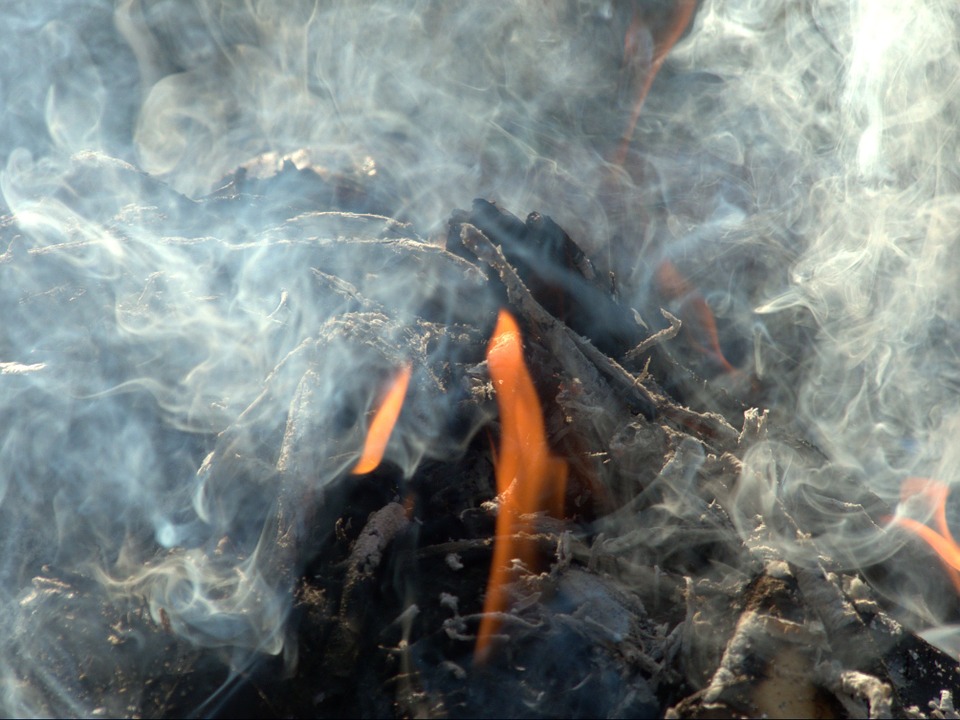Is Burning Waste a Smart Move in Canada to Generate Energy or a Health Concern

Burning waste isn’t a new idea. For as long as there has been garbage, people have burned it. For centuries this was achieved by simply heaping trash onto a bonfire. More recently, dedicated incinerators have streamlined this process. This was a step up from burning heaps, but still a far cry from an environmentally sound solution. Today, incinerators are generally looked down upon – their use only deemed proper for certain specific wastes that have no other viable disposal method. The burning of waste to produce energy is a new application that might reverse this trend.
This method is commonly referred to as bioenergy. It’s a common waste disposal method throughout Europe, much of Asia, and the United States. This technology has found use in some capacity for decades. The method is used on wastes that couldn’t be recycled or reused in any other way and would only serve to take up space in a landfill. High temperature burning of the waste allows useful energy to be extracted. Depending on the specific method used, this can produce fuels for energy production, or steam or gases that can drive electrical generation turbines.
Landfill capacity and energy supply are two major problems that Canada is facing today. Generating electricity through the burning of waste could be a part of the solution to both of these problems. One of the main drawbacks is the method’s competition with recycling. Recycling services in Toronto and other cities are an important staple of Canada’s waste management strategy. If trash were to be put to a useful purpose, many would have less incentive to recycle. While burning to produce electricity is a viable option for some wastes, recyclable wastes would be put to best use through recycling.
There is also considerable debate over the health and environmental effects of implementing this technology on a large scale. The majority of burnable waste is carbon, which produces carbon dioxide when burned. This exacerbates the global warming problem. Further, the varying composition of waste means many other compounds are present. Sulphur dioxide and nitrogen oxides are produced in large quantities if the process isn’t properly implemented and controlled. The release of heavy metals into the atmosphere is another concern when burning trash.
Another major issue that this technology faces is the generation of ash. Ash refers to anything left over after burning. During the burning process organic material burns while inorganic materials are left behind. Landfill wastes are typically high in inorganics, meaning a large amount of ash would be produced. This ash still needs to be disposed of and would likely be landfilled. While there is a much smaller amount of material to be landfilled, many toxic materials that don’t burn would be concentrated in the ash. High levels of heavy metals might make handling difficult.
Burning waste is a method that could potentially be implemented in a number of industries. It might not be the best option for wastes that are currently landfilled. The large quantity and variety of contaminants makes landfill wastes poorly suited to burning. More advanced sorting and management could remove these contaminants before burning. However, this level of screening would likely make the waste suitable for other uses. Waste management is a complex issue, the solution to wish will likely involve many different technologies in different capacities.
As a small business in Toronto, commercial or industrial company, do you have waste management and recycling needs that aren’t being met? Call Core Mini Bins today.


